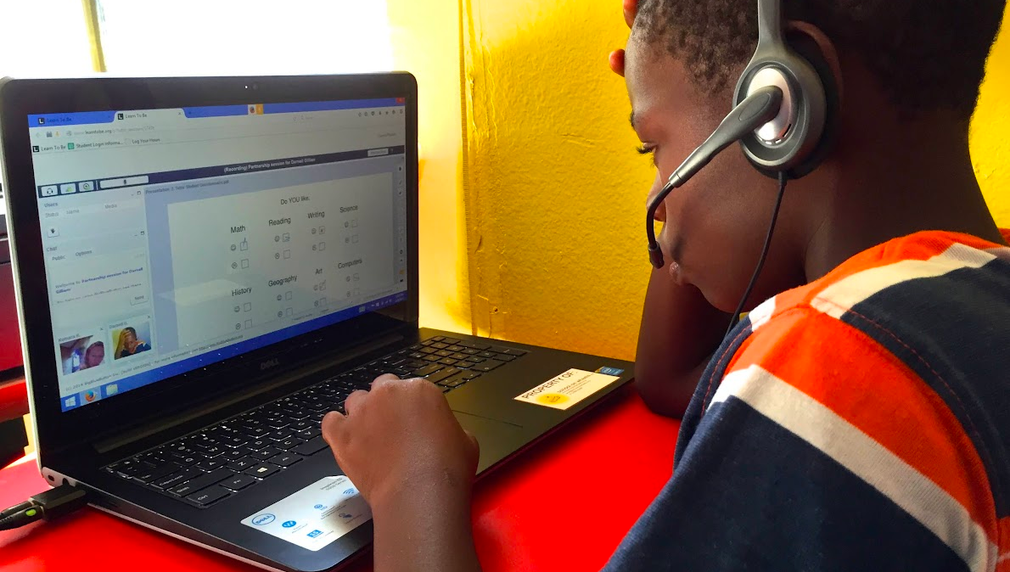STEAM Education for Unhoused Children
School on Wheels brings the message to unhoused children that they are cared about and important, that education can help them escape a life of poverty, and that we are a consistent support system for them at a time of great stress and fear. The LA2050 grant will help us enhance the educational opportunities for 2,000 students in grades K-12 experiencing homelessness in Los Angeles County. These are the students whose life trajectories are most at-risk because of their circumstances.

What is the primary issue area that your application will impact?
K-12 STEAM Education
In which areas of Los Angeles will you be directly working?
Central LA
East LA
San Gabriel Valley
San Fernando Valley
South LA
West LA
South Bay
County of Los Angeles
City of Los Angeles
LAUSD (select only if you have a district-wide partnership or project)
In what stage of innovation is this project, program, or initiative?
Expand existing project, program, or initiative
What is your understanding of the issue that you are seeking to address?
Children experiencing homelessness are among the most invisible and neglected individuals in our nation; they are the least likely to benefit from quality learning experiences – they are the least likely to benefit from ANY learning experiences. Studies show that students who have ever been homeless or highly mobile have significantly lower academic achievement in reading and math throughout elementary and middle school—and lower rates of academic growth—than students in stable homes (even those in families with very low income, special education students, and English-language learners). The loss of a home and the consequential mobility can be traumatic, leaving children with tumultuous feelings that can impact their social and intellectual wellbeing, making it difficult to engage and resulting in behavioral problems that interfere with learning at almost three times the rate of other children.
Describe the project, program, or initiative this grant will support to address the issue.
With one-on-one support proven most effective at improving academic and personal trajectories, our work is centered around our Tutoring Program, which mobilizes volunteers to provide weekly focused educational support, along with reinforcement, positive modeling, and constructive feedback. When the pandemic struck, our years-long focus on Digital Learning allowed us to quickly adapt all our programs to an online format. We worked with school districts, shelters, and foster families to ensure their students could engage in learning and meet with their tutors online, distributing over 600 Chromebooks/devices and 413 hotspots. We solidified STEAM elements into our lesson plans to help students succeed in digital spaces (Level Up Digital Learning Program), and focused our annual Digital Learning Days around digital skills with creativity (including a virtual Scratch/animation art competition). We also partnered with organizations that helped us provide 2,500 STEM kits (California Science Center), 1,000 creative kits (Cayton Children's Museum and PBS SoCal), and coding programs and education (Beats Unlocked; Hip Hop for Change). Too, we have incorporated parental engagement into our work (in the past, our live tutoring format allowed us to focus all of our efforts on the students – but we can no longer afford this luxury), since caregivers must able to support their children’s education (something lower income families are less equipped to do).
Describe how Los Angeles County will be different if your work is successful.
Over the grant period, we will help 2,000 students get back on the educational track – to help them escape generational poverty over the long term. This work is critical: last year’s testing results showed that more than 200,000 students in LA were not meeting grade-level goals in math and reading – and that the gap in grades that existed before the pandemic between Black and Latinx students and their white and Asian counterparts widened to as much as 21 percentage points. This year’s testing results are likely to be even lower since nearly half of LAUSD students have been chronically absent this school year, and since many of those who did attend were not able to get the full benefit because of computer issues. (Almost 25% of LAUSD students have connectivity speeds that are below standard – and 5% have connectivity speeds that are far below standard. Not surprisingly, students identified as homeless and foster youth are overrepresented in these numbers.)
What evidence do you have that this project, program, or initiative is or will be successful, and how will you define and measure success?
We administer regular assessments to measure significant short- and medium-term improvements. Last year: • Students in our academic program (grades 5-8) recorded an average 0.73 grade level growth in Math and 0.46 grade level growth in ELA in 2 to 4 months. • Students in our Literacy Program who were in the process of learning to read (which is the majority of them) increased their level of proficiency in the 3 key targeted reading skills (phonemic awareness, phonics, and vocabulary) by an average of 23%, 23%, and 28% respectively during their first 2-5 months in our program. The remaining students, who were “reading to learn”; increased vocabulary by an average of 10% during their first 2-5 months, and achieved an average increase of 176 in Lexile scores measuring comprehension. • Older students (grades 9-12) saw their confidence levels rise from 1.8 to 3.4 – a 40% increase (figures which correlate to many of the anecdotal improvements reported by our tutors).
Approximately how many people will be impacted by this project, program, or initiative?
Direct Impact: 2,000
Indirect Impact: 5,000